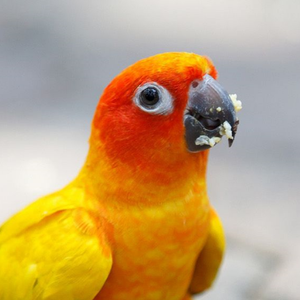Selecione das listas do Menu para completar o texto.
Functions of the organs in the respiratory system:
Mouth/Nasal Cavity: Takes in ( oxygen, carbon dioxide ) and gets rid of ( carbon dioxide, oxygen ) through the ( trachea, esophagus, arteries ). Nasal cavity detects ( smell, taste, sight ).
Trachea: Transports air between the ( mouth and lungs, mouth and nose, lungs and heart ). Splits off at the back off the throat.
Larynx: Also known as the ( voice box, talk box, pharynx ). Air passes through this to make our voice.
Lungs: Takes ( oxygen, carbon dioxide ) from the ( trachea, esophagus, larynx ), gives it to the ( blood, organs, tissues ) and takes ( carbon dioxide, oxygen, waste ) out. Protected by the ( ribs, heart, spine ). ( Left, Right ) lung protects the heart.
Bronchia: A ( split, organ, pipe ) in the trachea to distribute air between the lungs.
Diaphragm: A large ( muscle, tissue, organ ) ( under, on top of ) the lungs that ( squeezes and sucks, shrinks and grows ) air in and out of lungs.
Alveoli: Tiny air bubbles that hold ( oxygen, carbon dioxide ) in the lungs. They tend to ( pop, grow, multiply ) regularly. Humans start off with ( 600 million, 800 million, 300 million, 500 million ). Oxygen is taken to blood by ( capillaries, veins, arteries ).
